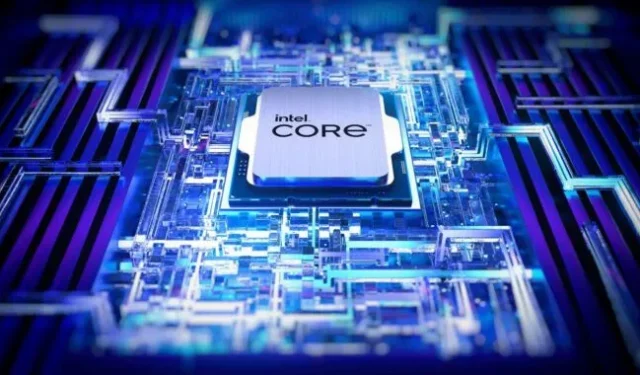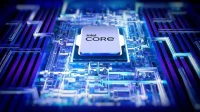Intel’s Meteor Lake processor architecture promises to be its most interesting in recent history, but we’ve known for a while now that Intel isn’t planning to launch a version for socketed desktop motherboards like the ones you’d find in a self-built PC or an off-the-shelf mini tower. For those systems, Intel is planning to release a second consecutive refresh of the old Alder Lake architecture, the one that first came to desktops in 12th-generation Core CPUs back in 2021.
In an interview with PCWorld (via Tom’s Hardware), Intel Client Computing Group General Manager Michelle Johnston Holthaus said that Meteor Lake chips would be coming to desktops after all. But the company backpedaled a bit a couple of days later, clarifying that these Meteor Lake desktop chips would be of the soldered-to-the-motherboard variety, not intended as high-performance replacements for current desktop Core i7 and Core i9 chips.
This kind of bifurcation isn’t totally unheard of, especially when Intel is in the process of shifting to a new manufacturing technology as it is with Meteor Lake. Chips for high-performance desktops tend to be physically larger and also need to be able to scale up to higher clock speeds, two things that are harder to do when a manufacturing process is new. And Meteor Lake is nothing if not complex to manufacture, using brand-new Intel Foveros packaging technology to combine four different silicon dies produced on three different manufacturing processes by two different companies.
Some of Intel’s 10th-generation Core CPUs for laptops and all of the 11th-gen laptop CPUs had moved to new architectures and Intel’s 10 nm manufacturing process, while the desktop chips remained stuck on the more mature (but aging) 14 nm process.
This also isn’t the first time Intel has made a distinction between socketed and non-socketed desktop chips. The company’s fifth-generation Core CPUs, codenamed Broadwell, were delayed for months because of manufacturing troubles, and when they arrived they appeared almost exclusively in laptops. The few desktop chips that were released were also of the soldered-down variety (Apple shipped some in 2015’s class of iMacs).
A third year of the Alder Lake architecture isn’t especially exciting for enthusiasts, though—especially because high-end 12th- and 13th-generation desktop chips already use a lot of power, and pumping up the core counts and/or clock speeds further isn’t going to help that. But it might be a boon to budget-conscious buyers, who will apparently be able to keep using Intel’s existing (and often, inexpensive) 600- and 700-series motherboards and their LGA 1700 sockets for a third consecutive processor generation following a BIOS update. This is a generation longer than any Intel chipset has lasted in quite a while, and it co-opts a traditional strength of AMD’s among budget buyers as AMD’s old socket AM4 platform gradually ages into obscurity and its newer socket AM5 platform gradually falls in price.


